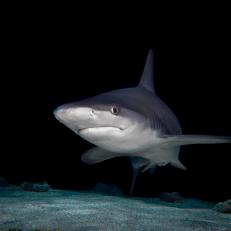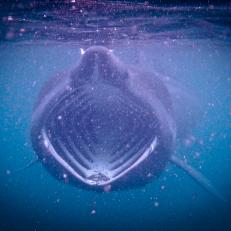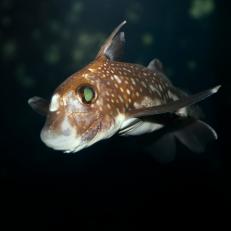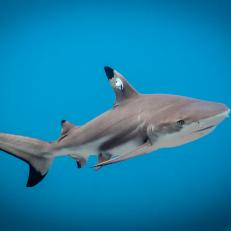What Makes Zebra Shark Eggs Unique
Zebra sharks, also known as leopard sharks outside of North America, are a species of carpet shark found throughout coral reefs in the Indo-Pacific.
Research scientists at Georgia Aquarium are working on an international project to study zebra shark reproduction. Learn more about this endangered species and find out what makes these shark eggs so unique.
June 07, 2022
View The Gallery
1 / 10
Zebra sharks, also known as leopard sharks outside North America, are a slow-moving shark species that are harmless to humans. Georgia Aquarium cares for several zebra sharks and conducts research on their reproductive cycles.
This nocturnal shark species gets their name from the black and white stripes they have as juveniles. As they mature, those stripes fade into the tan and black spots seen on this adult zebra shark at Georgia Aquarium.This nocturnal shark species gets their name from the black and white stripes they have as juveniles. As they mature, those stripes fade into the tan and black spots seen on this adult zebra shark at Georgia Aquarium.
Georgia Aquarium is part of an international research project to study the reproduction of zebra sharks. Zebra sharks are found mostly in the Indo-Pacific, and those populations need help.
Zebra sharks feed off benthic invertebrates like snails, shrimp, and crabs. They can fit into small crevices and are found along coral reefs.
Unlike the stereotypical image of a shark’s mouth and teeth, zebra sharks’ mouths are on the bottom of their head. They can grow up to 12 feet long, with their long tail fin making up almost half of that!
Zebra sharks lay eggs rather than give live birth. Females lay brownish-purple egg casings called ‘mermaid purses.’ The eggs hatch after four to six months and juveniles can forage for food on their own soon after hatching.
These are zebra shark eggs from 13 different female zebra sharks. Egg shape and size (also known as morphologies) vary by female and researchers can compare and make a list of descriptors to trace an egg back to a specific female.
Researchers at Georgia Aquarium build ‘female key codes’ to determine which egg is laid even when multiple females are together and may be laying eggs at the same time. Knowing which female laid which egg helps researchers characterize reproductive cycles, which helps researchers predict when females are actively laying eggs and how many eggs might be anticipated!
The eggs seen in this photo gallery are known as ‘wind eggs,’ which are eggs without a yolk. Female zebra sharks can reproduce without a male and lay eggs without a yolk, making them non-viable.
Georgia Aquarium research scientist, Dr. Kady Lyons, is working on a project to quantify differences in egg size and shape from female zebra sharks from partnering institutions. In this photo, she is taking measurements and weights of a zebra shark egg.











.jpg.rend.hgtvcom.231.231.suffix/1658256079221.jpeg)












